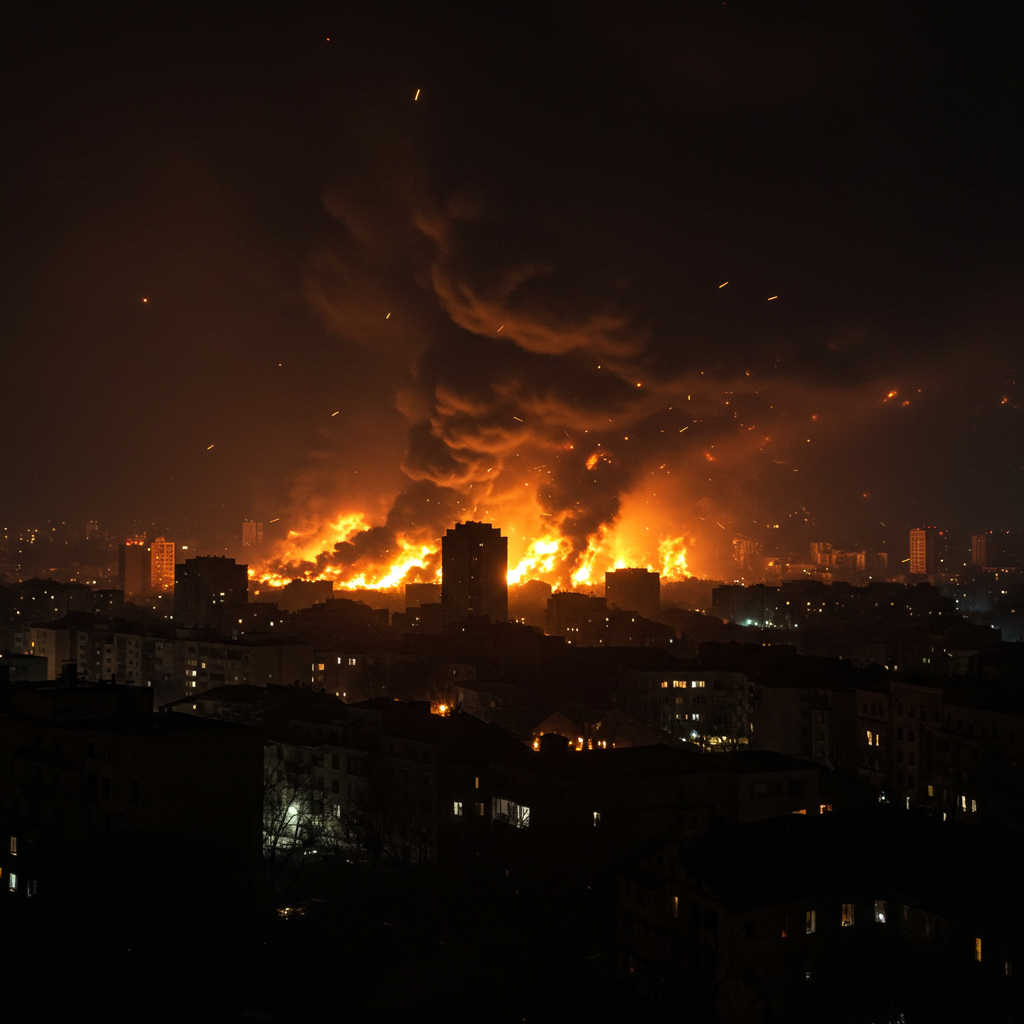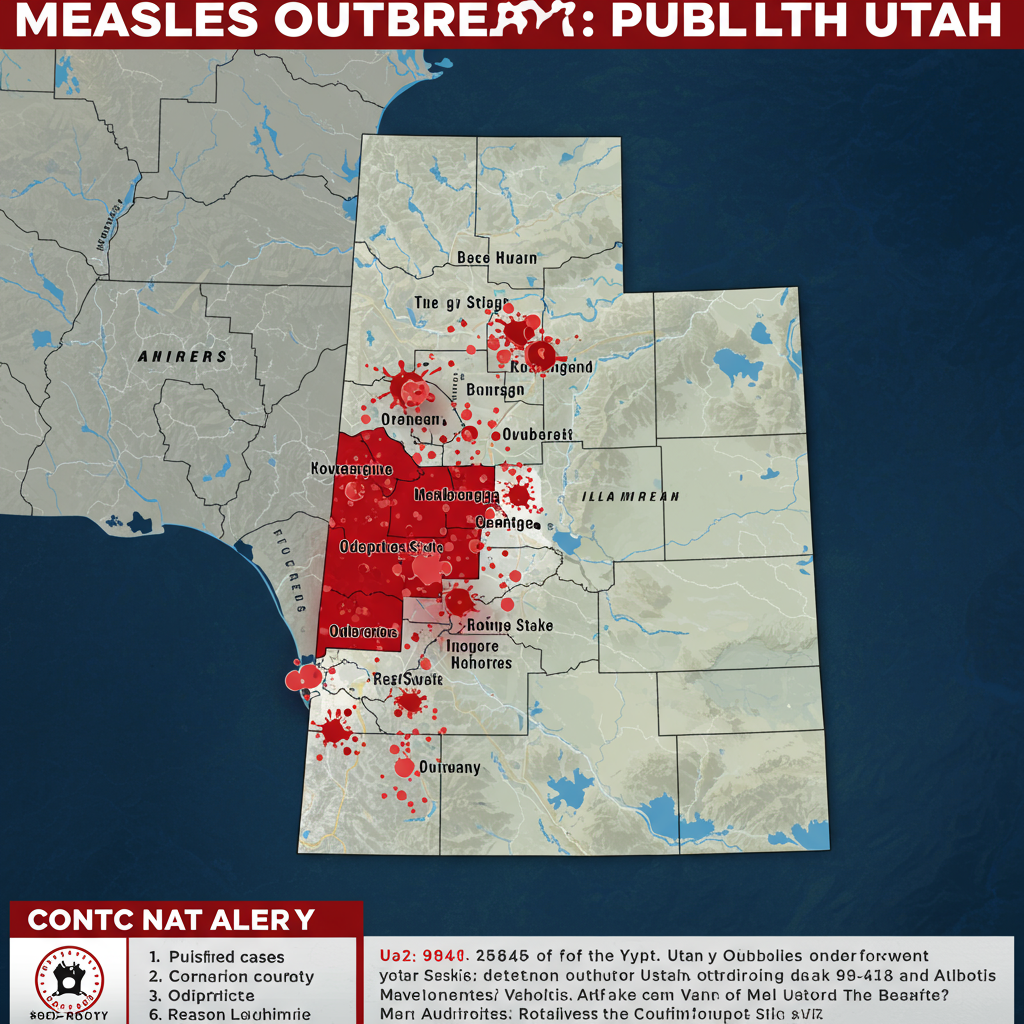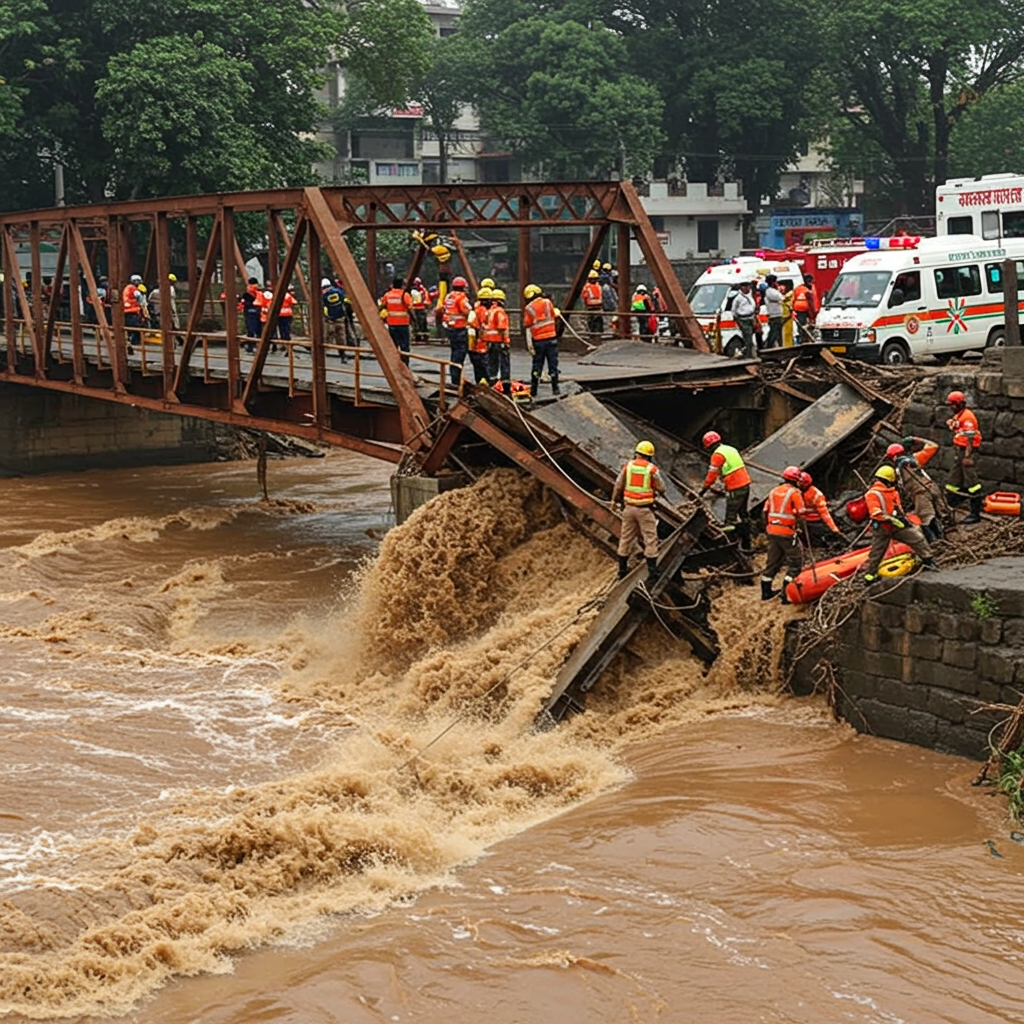Kyiv recently endured Russia’s most extensive aerial bombardment since the conflict began. This unprecedented assault unfolded just hours after a significant phone conversation between U.S. president Donald Trump and Russian President Vladimir Putin. The timing has been highlighted by Ukrainian officials as particularly noteworthy.
The attack utilized a massive number of drones and missiles. Residents described a night of intense fear and destruction. Huge fires erupted across the capital’s skyline. Thick plumes of smoke blanketed the city by morning. People sought refuge underground in the metro system. This intense night marked one of the most brutal periods since the full-scale invasion started.
Unprecedented Assault on the Capital
The scale of this specific overnight assault targeting Ukraine’s capital was immense. According to Ukraine’s Air Force, Russia launched an astounding 539 drones. This figure represents a record deployment of unmanned aerial vehicles in a single attack. In addition to the drone swarm, around a dozen missiles were also fired. The sheer volume of incoming projectiles overwhelmed defenses in many areas.
The assault began dramatically shortly after President Trump concluded his phone call with President Putin. Air raid sirens blared across Ukrainian cities almost simultaneously with media reports of the call. This timing fueled speculation and condemnation from Ukrainian leaders. They suggested the attack served as a deliberate, blunt message from the Kremlin. Russia seems determined to demonstrate its capability for widespread destruction.
The human toll in Kyiv was tragically real. At least one person lost their life during the bombardment. Emergency services reported that 23 people sustained injuries. Many city dwellers spent the terrifying night sheltering in the relative safety of Kyiv’s metro stations. Videos shared online depicted the widespread devastation caused by the strikes. Buildings burned and infrastructure was hit across different districts.
A Pattern of Escalation
This record-breaking attack on Kyiv did not occur in isolation. It followed a series of increasingly large Russian aerial assaults. Less than a week prior, Ukraine had already experienced another major strike. This recent pattern points to a worrying trend. Russia has dramatically ramped up its production of kamikaze drones. These unmanned systems are now a primary weapon for targeting Ukrainian cities and infrastructure.
Other recent barrages also underscore this escalation. In late May 2025, Ukraine faced what was termed the largest single attack in terms of the number of air weapons used since February 2022. That assault involved hundreds of projectiles, including drones and missiles, hitting targets across multiple regions and resulting in significant casualties nationwide. Similarly, an attack in late June 2025 saw hundreds more aerial weapons deployed against various Ukrainian regions. Russia has claimed these strikes target Ukrainian military-industrial sites and energy infrastructure.
Ukrainian President Volodymyr Zelenskyy has repeatedly stated that such massive attacks contradict any talk of peace from Moscow. He argues that Russia’s actions prove its decision to pursue war relentlessly. Moscow will not stop its terror as long as it possesses the means to launch these widespread bombardments. The sheer volume of attacks in recent weeks highlights this aggressive posture.
Diplomatic Backdrop: Calls with Trump
The timing of the record Kyiv attack immediately after President Trump’s call with President Putin adds a complex layer to the event. During their conversation, Trump reportedly urged the Russian leader to bring an end to the conflict. However, according to reports, Putin again rejected the idea of a ceasefire. He signaled his clear intention to continue the war in Ukraine. This direct refusal underscores the current impasse in diplomatic efforts.
Ukrainian officials publicly commented on the attack’s timing relative to the Trump-Putin call. President Zelenskyy called the attacks after the call “cynical.” His administration suggested the strikes were specifically timed. They interpreted the bombardment as a harsh message from the Kremlin. It seemed intended to accompany the high-level diplomatic engagement. The nearly simultaneous timing of the first air raid alerts with news of the call was not seen as a coincidence in Kyiv.
Following the attack and his call with Putin, President Trump expressed his disappointment. He stated that he believed the Russian leader was not yet ready to end the conflict. While Trump has previously discussed the possibility of imposing tougher sanctions on Russia to pressure negotiations, he has reportedly shown reluctance to implement them. This stance is being closely watched globally.
Ukraine’s Response and Defense Needs
Amidst the ongoing barrage, President Trump also spoke with Ukrainian President Volodymyr Zelenskyy. This call was reportedly scheduled before the massive aerial assault occurred. President Zelenskyy described their conversation as “very important and fruitful.” The two leaders discussed immediate needs and future cooperation.
A key point of agreement was the need to strengthen Ukraine’s air defenses. Zelenskyy stated that they would work together specifically on this critical area. Strengthening the ability to intercept incoming drones and missiles is paramount for protecting civilian lives and infrastructure. The presidents also agreed to arrange a meeting between their respective teams to further discuss strategic cooperation.
The discussion extended to defense industry capabilities and joint production initiatives. President Zelenskyy indicated Ukraine is prepared for “direct projects” with the United States. He specifically mentioned collaboration related to drones. Enhancing Ukraine’s domestic production capabilities could be vital for its long-term defense strategy. Ukraine has consistently appealed for more support from its international partners, particularly the United States and Europe. They stress that bolstering air defense systems is the most effective way to safeguard its population from Russian attacks. Ukraine sees the purchase of advanced U.S. air defense systems as a priority.
US Policy and Aid Freeze
The recent string of large-scale Russian attacks occurs during a period of uncertainty regarding U.S. military aid to Ukraine. The Trump administration recently paused deliveries of some critical weapons systems. This includes air defense missiles essential for countering attacks like the one on Kyiv. Earlier reports confirmed the Pentagon had halted a shipment of weapons earmarked for Ukraine. This shipment was already positioned in Poland.
The paused consignment included Patriot interceptor missiles. These systems are highly effective against ballistic and cruise missiles. They are crucial for defending large cities. The Pentagon stated the pause was necessary to conduct a review of U.S. weapons stockpiles. This review was intended to assess America’s own readiness levels. However, the move has triggered considerable alarm. Officials in Kyiv and European capitals expressed concern. Many Democrats and some Republicans in the U.S. also voiced fears. They worry this pause signals a broader potential shift in U.S. support away from Ukraine.
President Zelenskyy has consistently maintained Ukraine’s readiness for an immediate ceasefire. However, President Putin has steadfastly refused this. The backdrop of stalled peace talks and questions surrounding continued international support adds complexity to the situation on the ground. The effectiveness of Ukraine’s defense hinges significantly on the consistent and timely supply of advanced weaponry from its partners.
Wider Implications and Stalled Peace
The massive attack on Kyiv underscores the brutal reality of the ongoing conflict. Despite intermittent discussions about potential peace paths, the fighting continues unabated. Recent rounds of negotiations between Russian and Ukrainian delegations have made little tangible progress. The discrepancy between Russia’s rhetoric and its military actions is stark. President Zelenskyy highlights this disconnect. He points out that continuous, large-scale attacks contradict any claims of readiness for genuine peace talks from Moscow.
The attacks deliberately target cities and residential areas. This pattern causes significant civilian casualties and widespread damage. It reinforces the view that Russia’s objectives extend beyond military targets. The attacks coincide with other conflict dynamics. For example, one recent massive barrage occurred during a prisoner swap. This rare moment of cooperation contrasted sharply with the violence raging elsewhere. Such events highlight the multifaceted nature of the conflict.
The need for robust international pressure and continued sanctions on Russia remains a key focus for Ukraine. Zelenskyy argues that such “brutality cannot be stopped” without determined global action. The ability of Ukraine to withstand these aerial bombardments depends heavily on the steadfastness and support of its international allies. Securing the skies over Ukraine is seen not just as a military necessity but a humanitarian one.
Frequently Asked Questions
What made this attack the “biggest” Russia has launched?
This specific attack on Kyiv involved an unprecedented number of aerial weapons in a single assault on the capital. Ukraine’s Air Force reported Russia launched 539 drones along with missiles. While other massive attacks have occurred across Ukraine recently, this particular barrage targeted Kyiv with a record number of drones for the war, distinguishing it as the largest air attack on the capital specifically in terms of drone volume.
How did President Trump’s calls fit into the timeline of the attack?
The massive air assault on Kyiv began very shortly after U.S. President Donald Trump concluded a phone call with Russian President Vladimir Putin. President Trump later spoke with Ukrainian President Volodymyr Zelenskyy in a call that had been planned before the attack commenced. Ukrainian officials noted the air raid alerts started almost simultaneously with news of the Trump-Putin call, suggesting a deliberate timing by the Kremlin.
What was the impact on civilians and the city of Kyiv?
The attack had severe consequences for Kyiv’s residents. At least one person was killed and 23 were injured. The city experienced widespread fires and plumes of smoke, causing residents to describe it as one of the most intense nights of the invasion. Many civilians were forced to seek shelter for hours in the city’s metro system as air raid sirens sounded continuously throughout the night.
Conclusion
Russia’s latest massive air attack on Kyiv represents a significant escalation in the ongoing conflict. The unprecedented scale of the drone and missile barrage, coupled with its timing immediately following President Trump’s call with President Putin, sends a clear and brutal message from Moscow. The attack resulted in tragic casualties and further devastation in the capital, underscoring the constant threat faced by Ukrainian civilians.
The event highlights the critical importance of strengthening Ukraine’s air defense capabilities. President Zelenskyy’s discussions with President Trump focused heavily on this need and potential joint initiatives. However, the context of paused U.S. weapon shipments, including vital Patriot missiles, raises concerns about the consistency of international support. As peace talks remain stalled and Russia continues its large-scale bombardments, the need for robust air defense systems and sustained international pressure remains paramount for Ukraine’s security and future.




